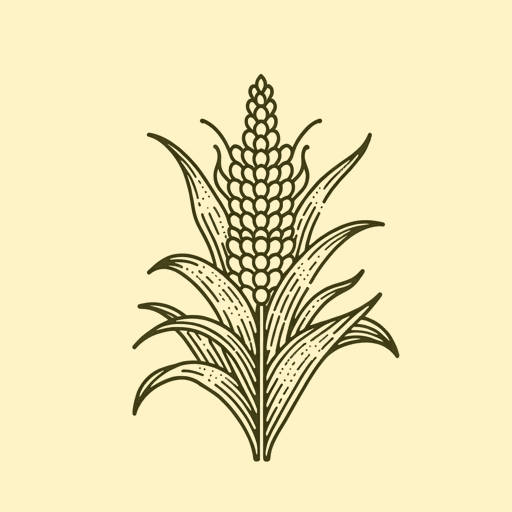34 pages • 1 hour read
William CrononChanges in the Land: Indians, Colonists, and the Ecology of New England
Nonfiction | Book | Adult | Published in 1983A modern alternative to SparkNotes and CliffsNotes, SuperSummary offers high-quality Study Guides with detailed chapter summaries and analysis of major themes, characters, and more.
Chapters 5-7Chapter Summaries & Analyses
Part II: The Ecological Transformation of Colonial New England
Chapter 5: “Commodities of the Hunt” Summary
The fur trade with Europeans for brass, silk cloth, and guns transformed the Native Americans’ economies and their social and economic structures. Additionally, waves of epidemics brought European diseases to the vulnerable Native American population, including a smallpox epidemic in 1633 that resulted in the deaths of up to 95% of Native Americans. Sachems, wanting to preserve their power in the wake of the decimation of the population and the new economy of the fur trade, now found trade with Europeans a necessity. European goods including metals, and guns in particular, became prized status symbols for the Native Americans who traded with Europeans. The need for these goods exploded amongst Native peoples, demanding an increase in hunting and trapping that decimated the animal population. In addition, the need for wampum as a valuable trading currency required the Native Americans to create more wampum to meet the new need for it as a trading artifact.
Additionally, as the European settlements grew, Native Americans found that they were limited to smaller and smaller areas in which to roam and set up camp as they followed their traditional subsistent migrations to the areas with the most food. They hunted and gathered within ever-diminishing areas.
Related Titles
By William Cronon


